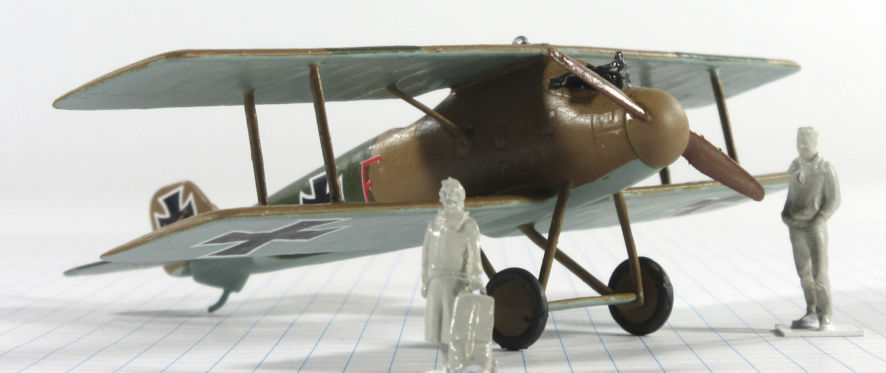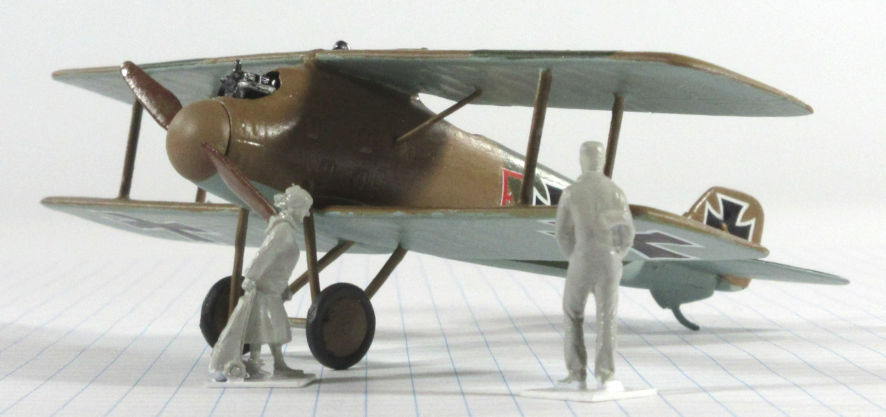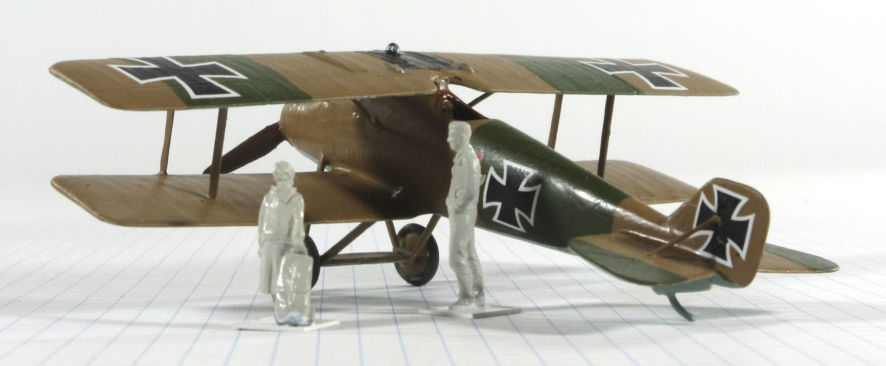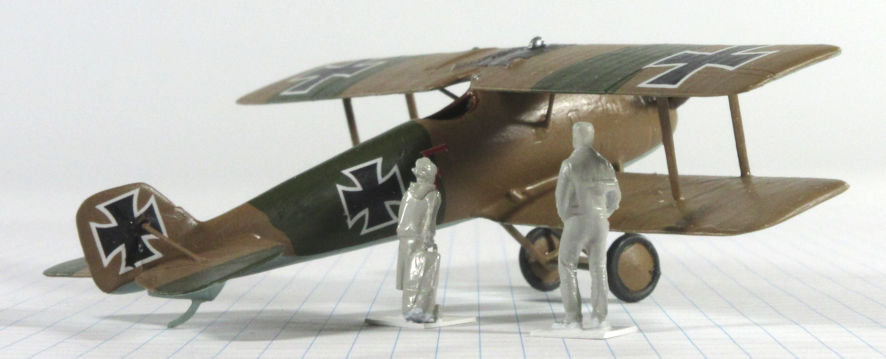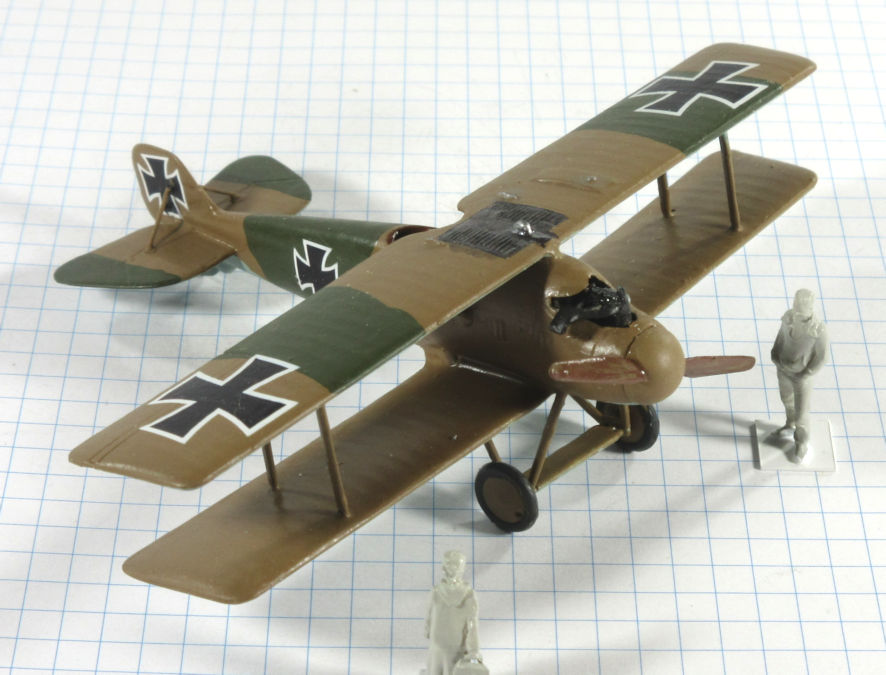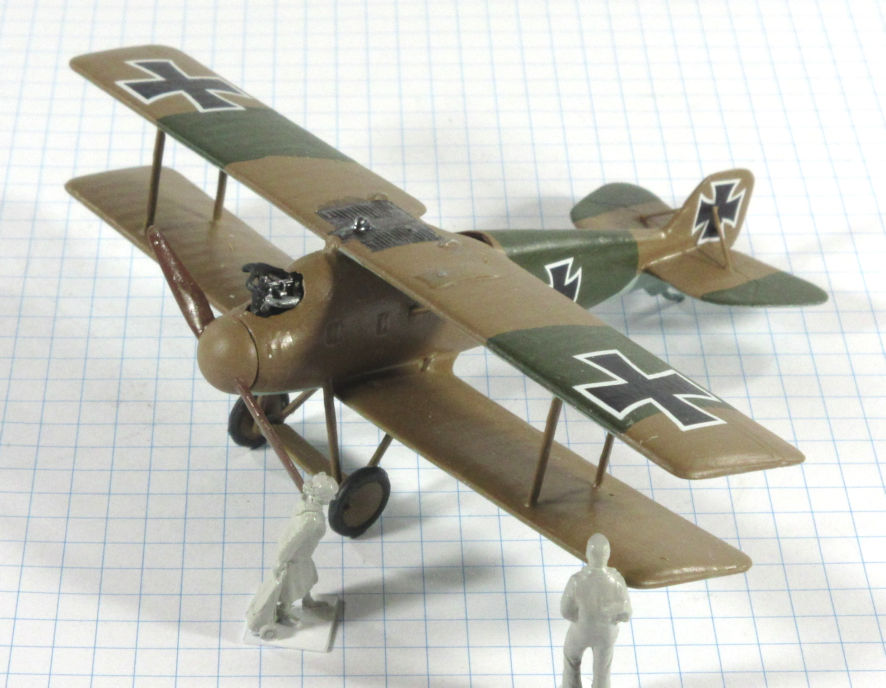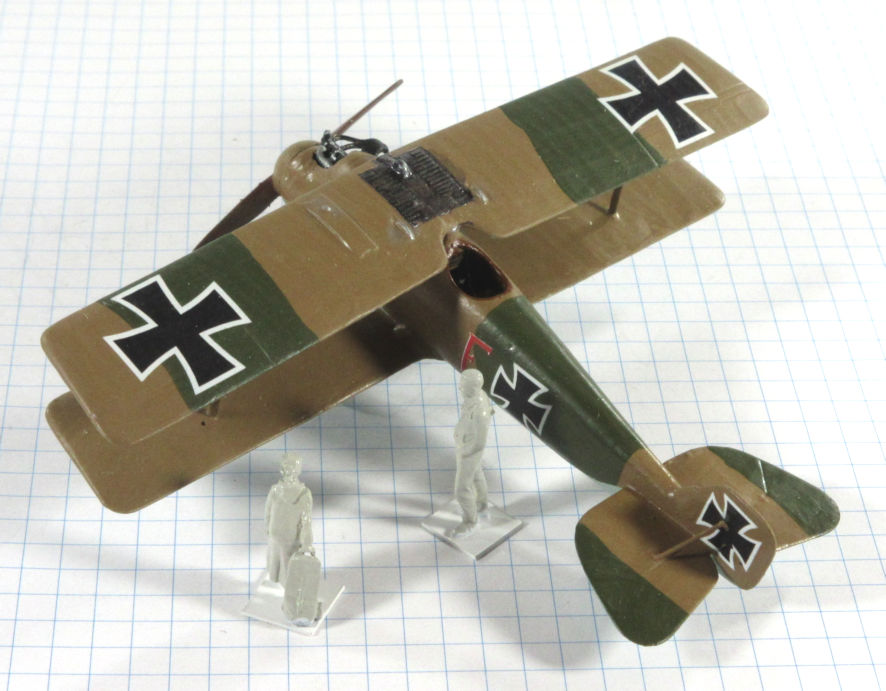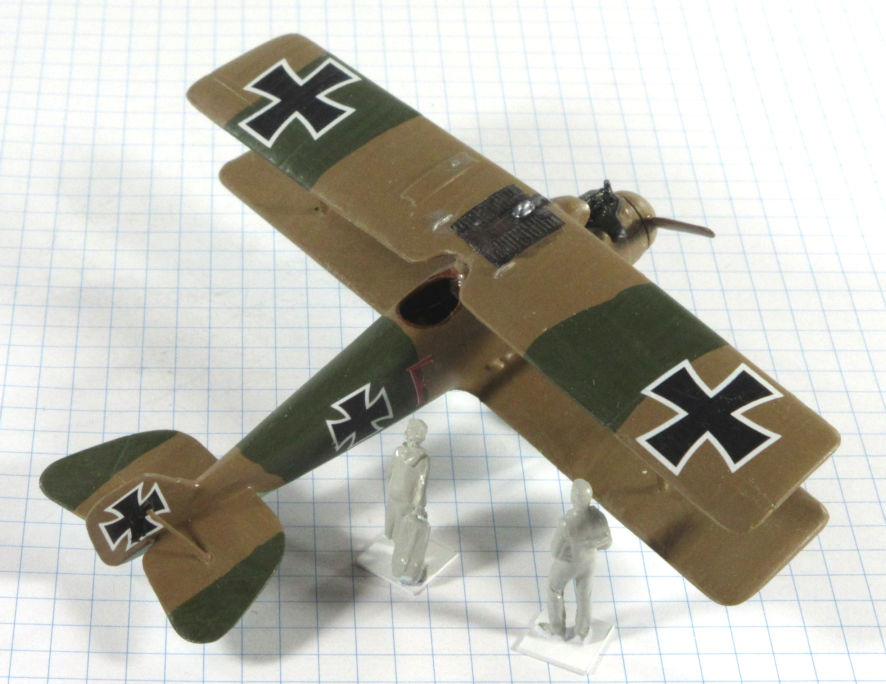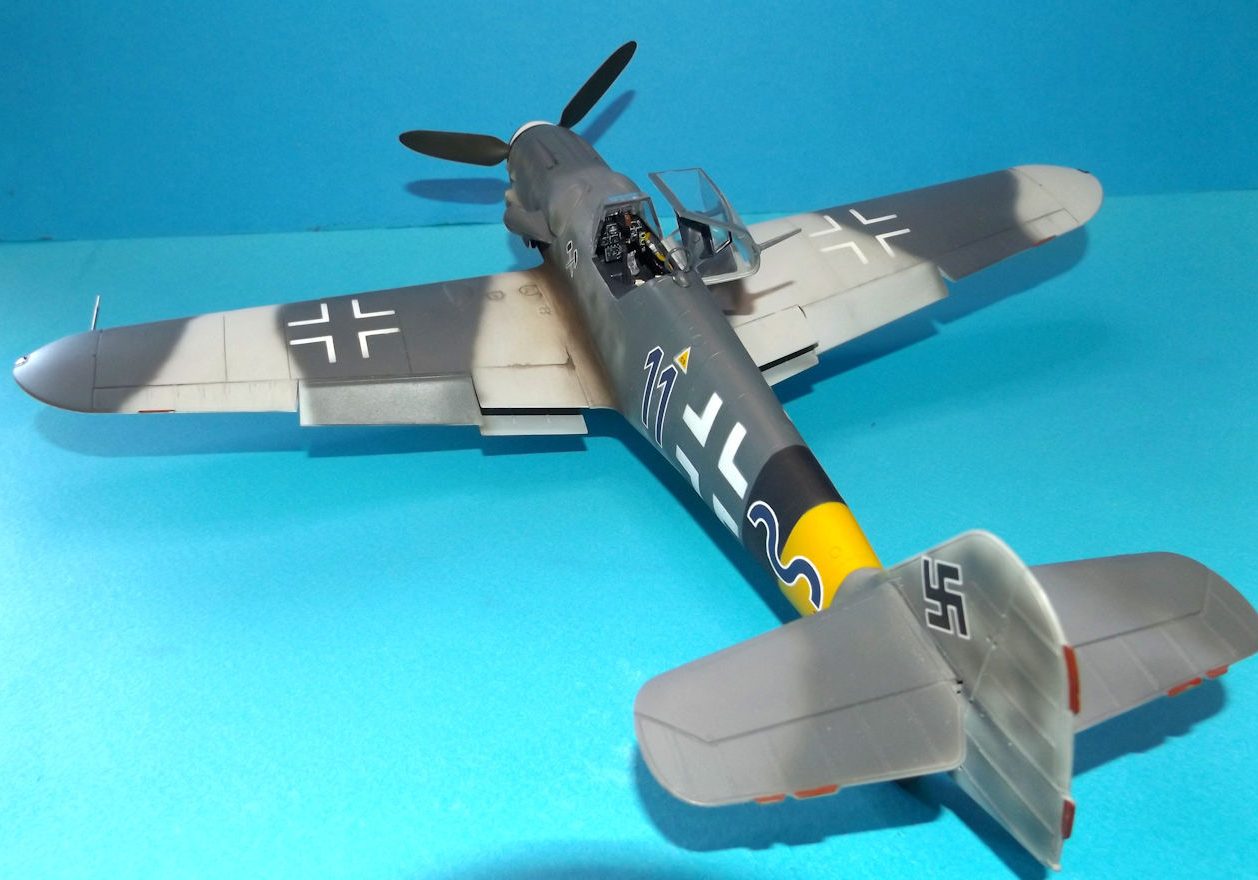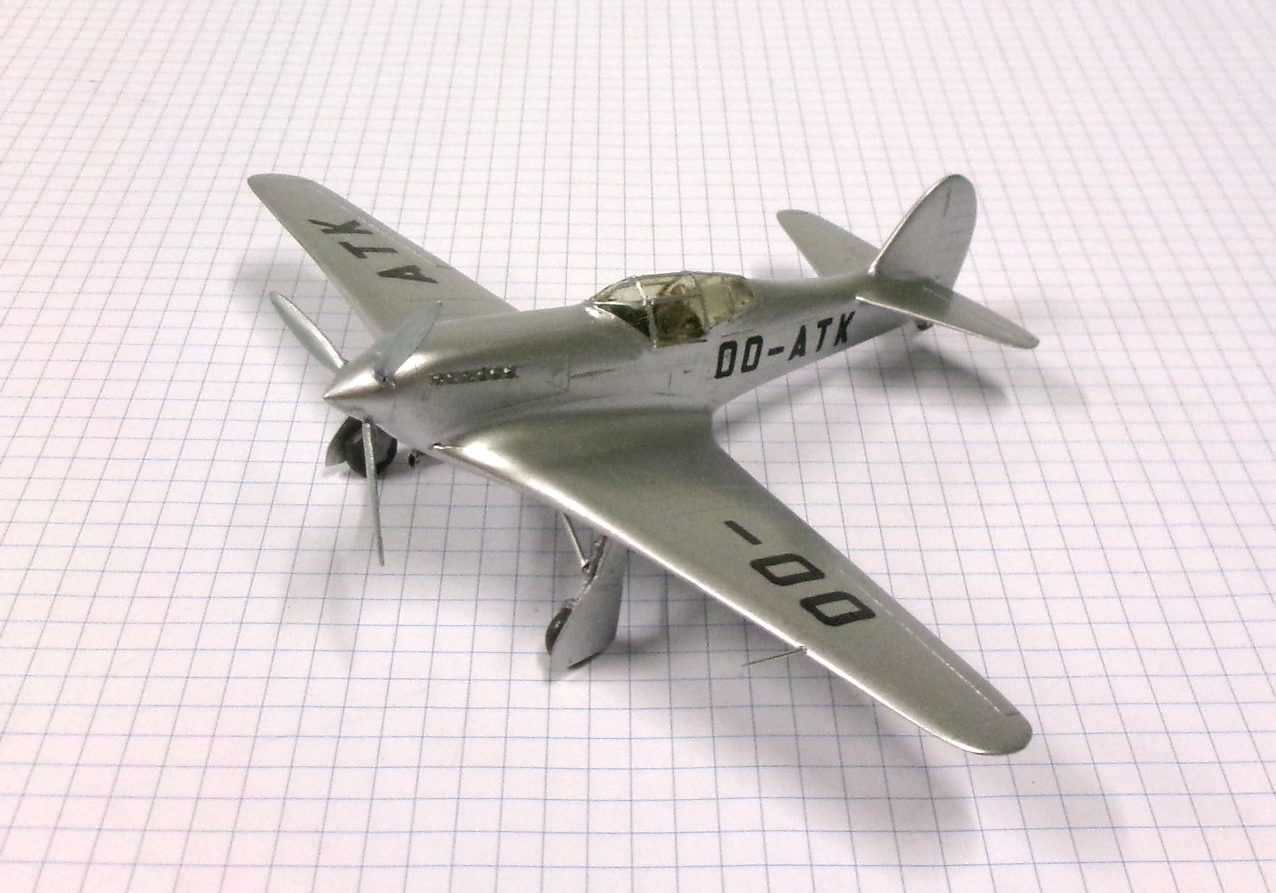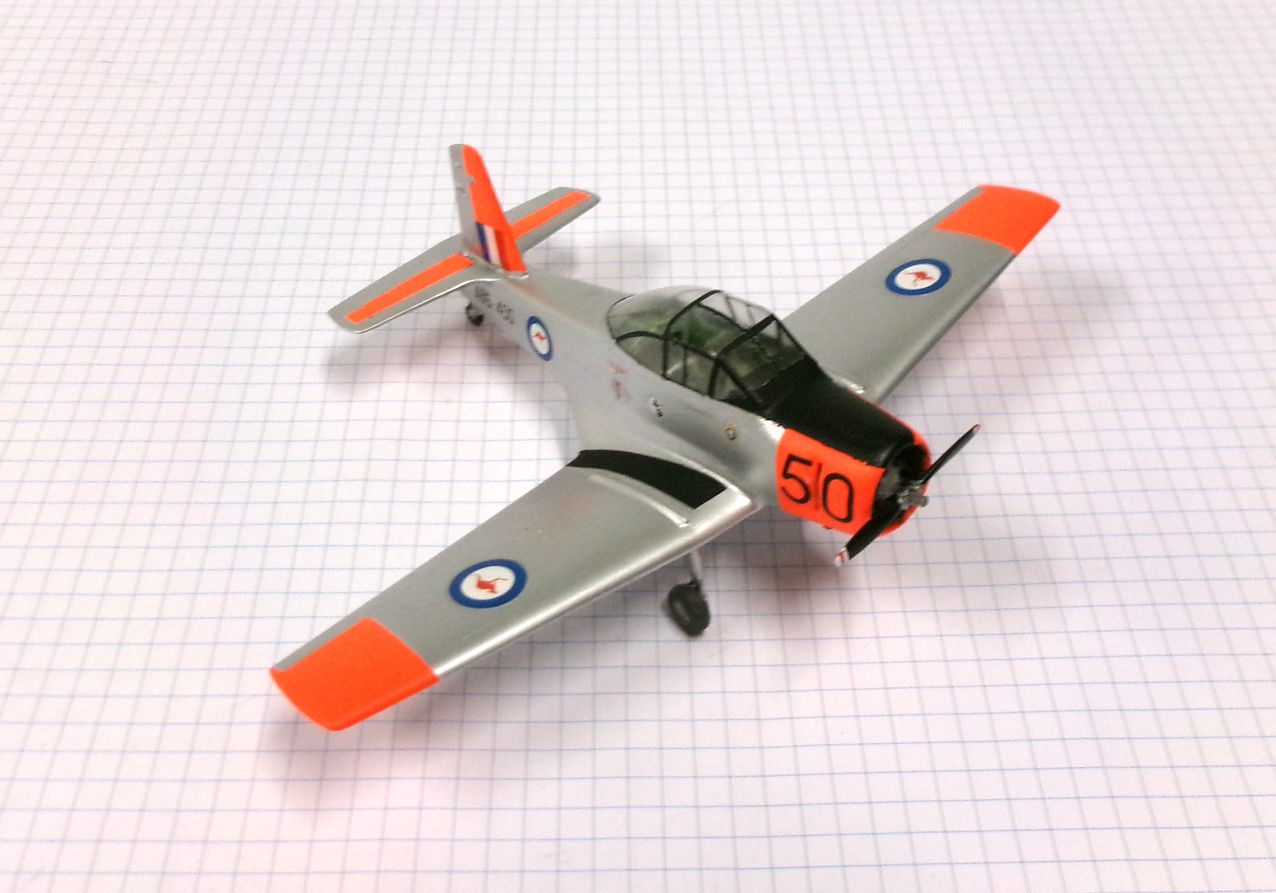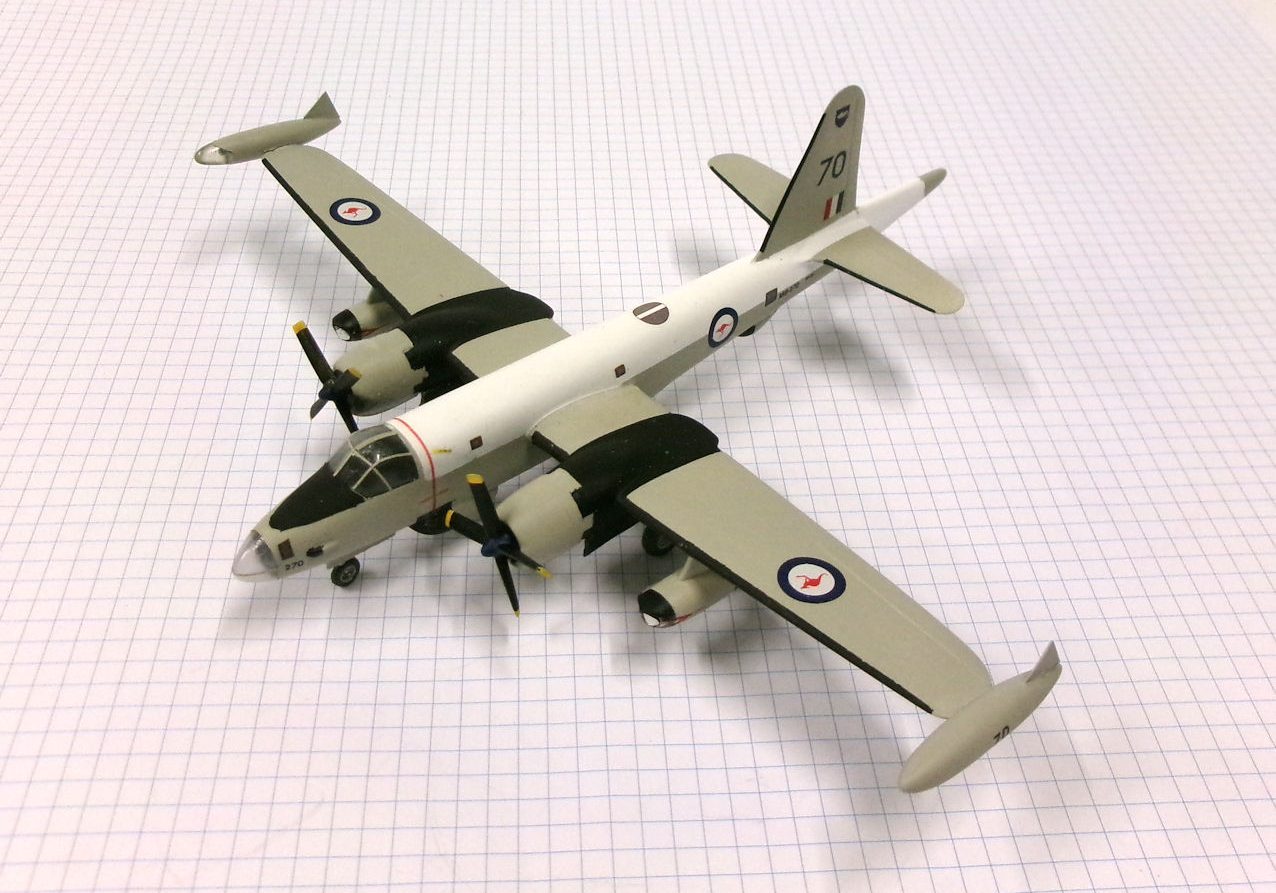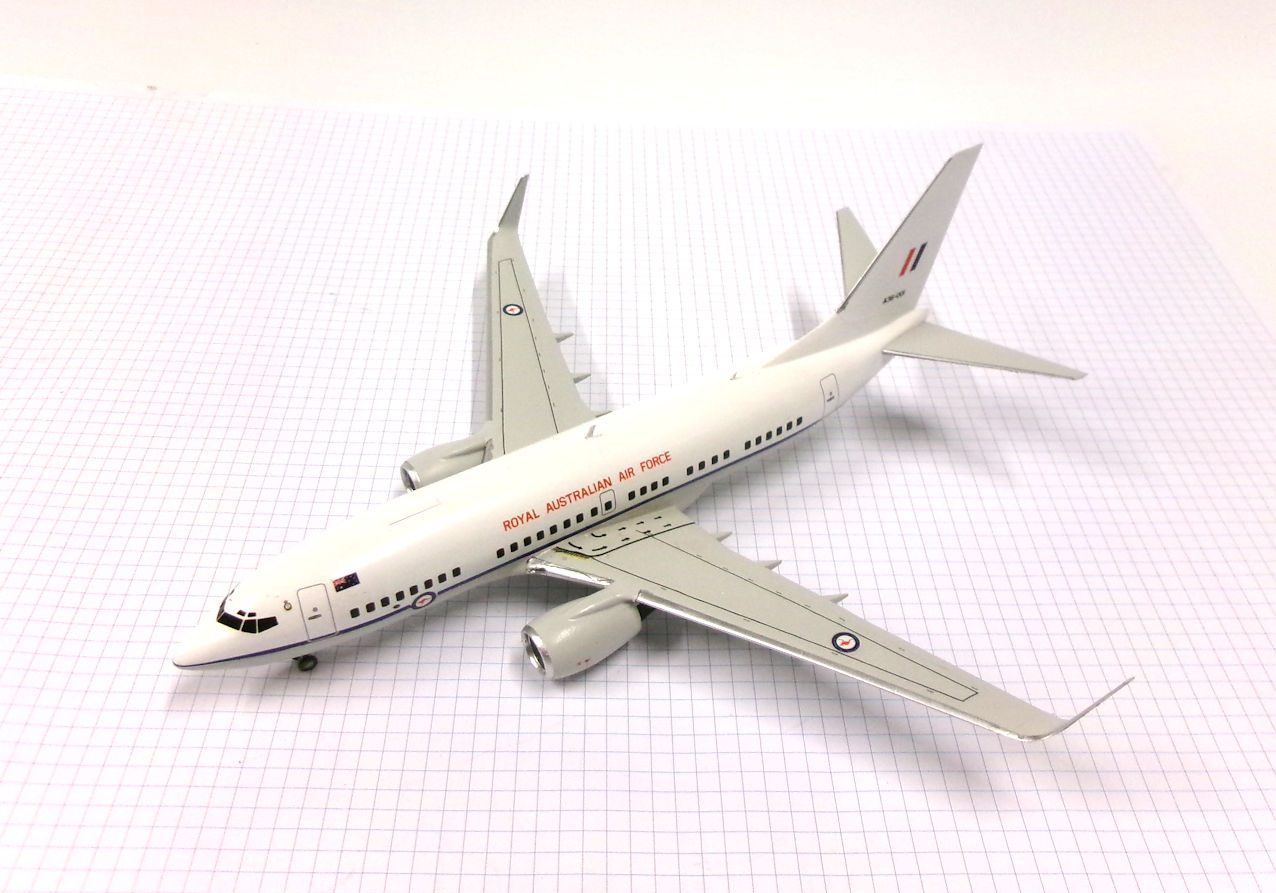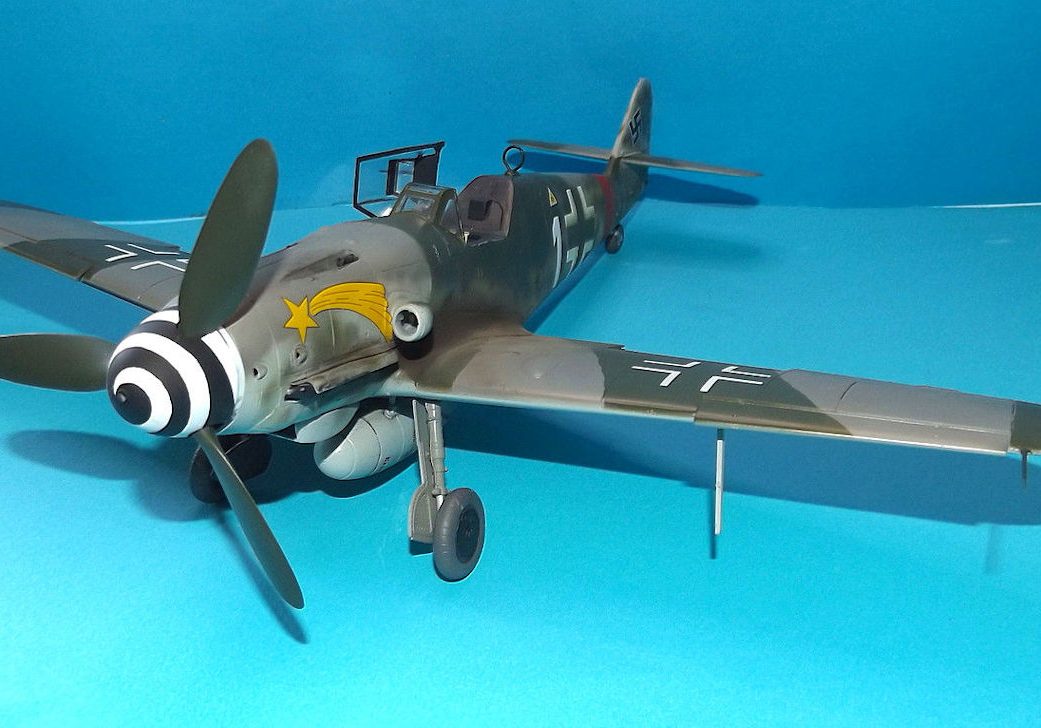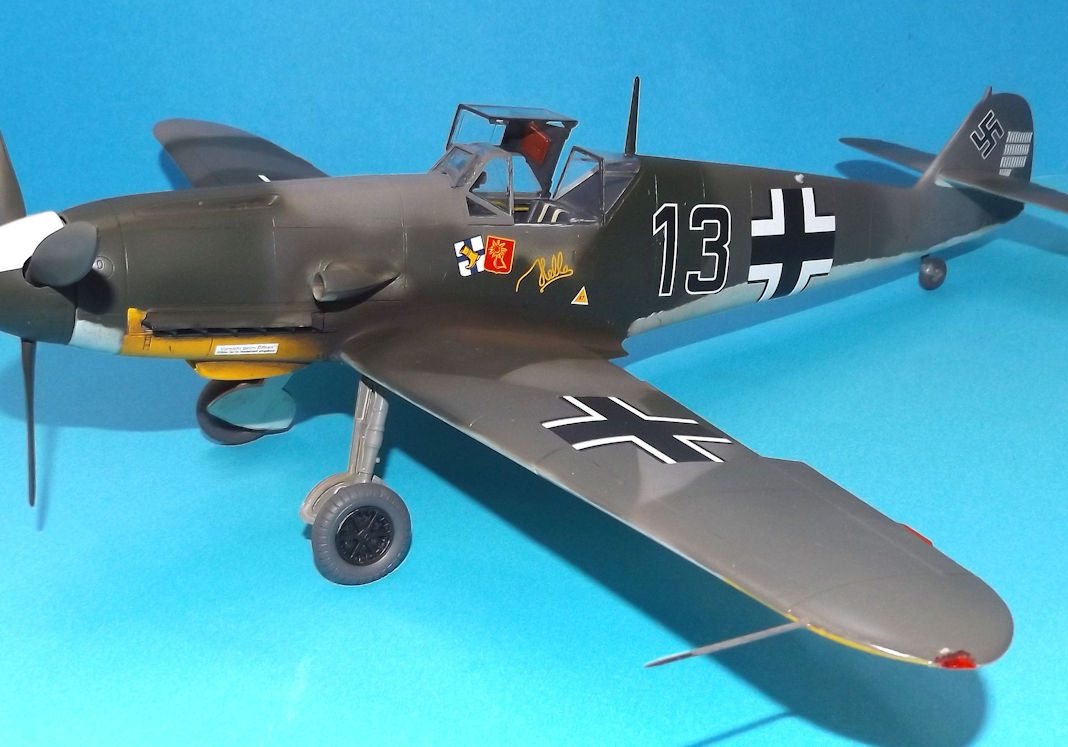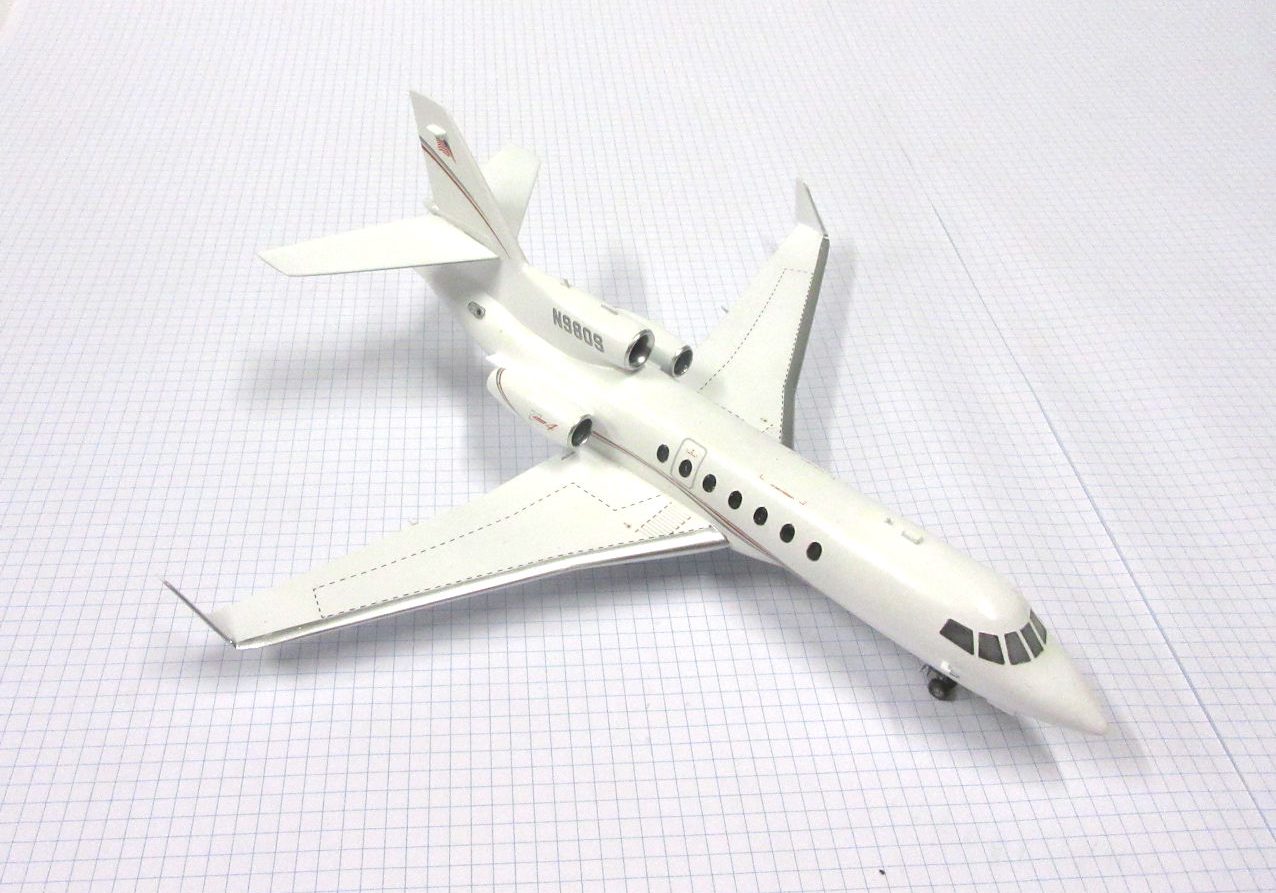History
The Roland D.II was an unconventional fighter designed and built in Germany during World War I. It featured an unusual wing arrangement and plywood fuselage but it was unpopular in service and only 300 were made.
The Roland D.II had its origins in the earlier Roland C.II obserevation aircraft with which it shared many features.
One was the fuselage which was constructed of two layers of plywood strips which made it light and strong.
The other was the unusual upper wing which was attached to the fuselage by means of a large central pylon which greatly impaired the pilot’s forward vision.
Three hundred D.IIs were manufactured, 100 under licence by Pfalz.
The streamlining created a sleek and fast fighter that could match or outpace contemporary fighters but they were generally unpopular in service due to their poor field of view and heavy controls, so most served on Germany’s eastern front.
This model represents Roland D.II of Jasta 25 in Macedonia in 1918.
Kovozavody Prostejov 1/72 kit completed by Leigh Edmonds in June 2022.
